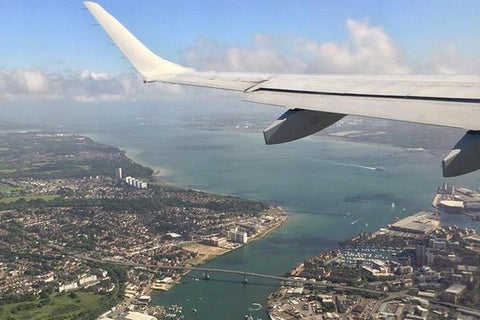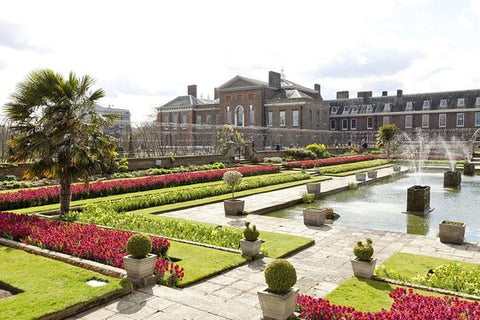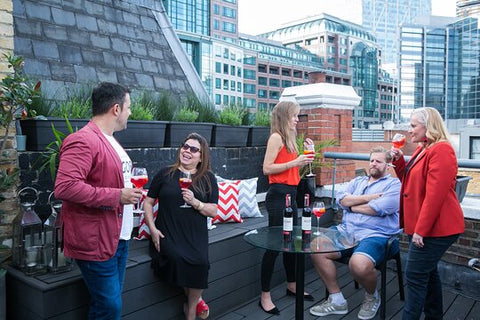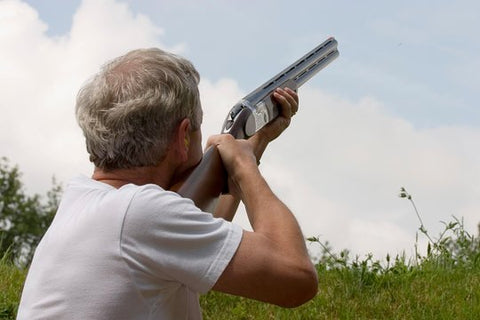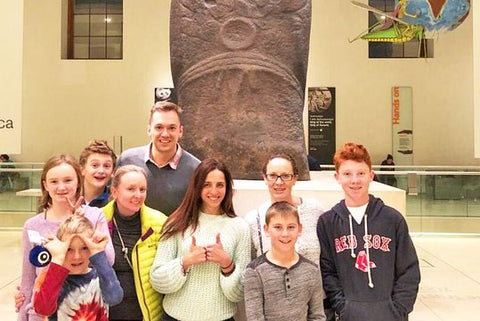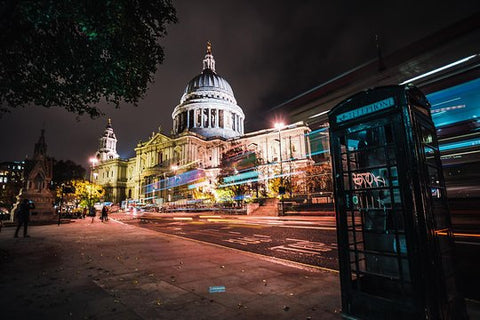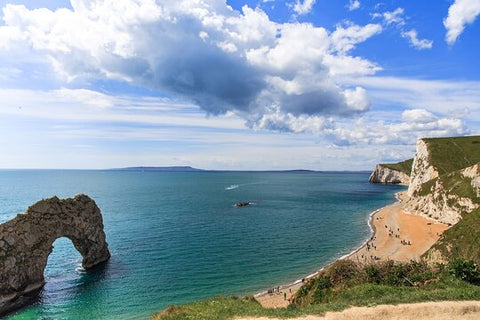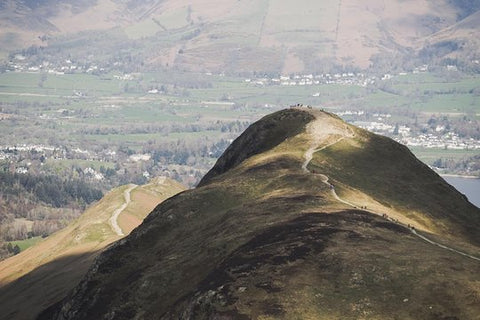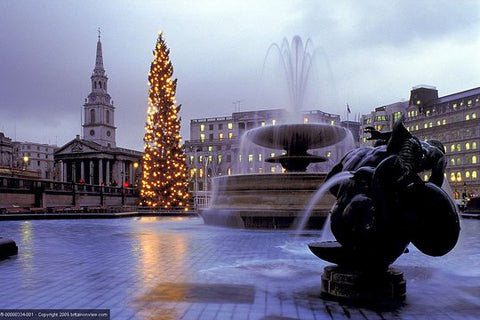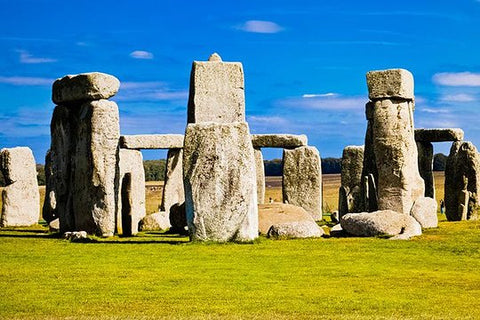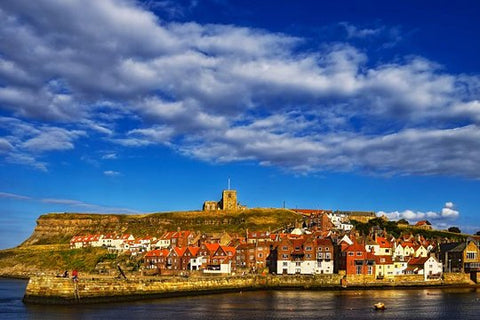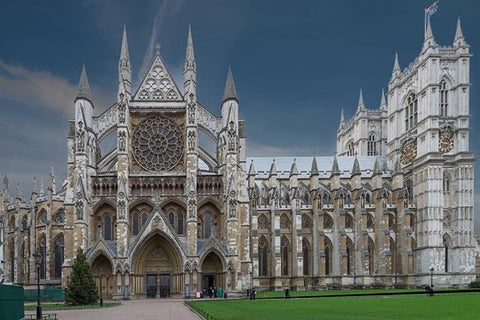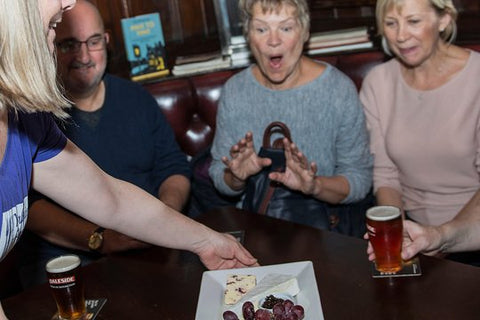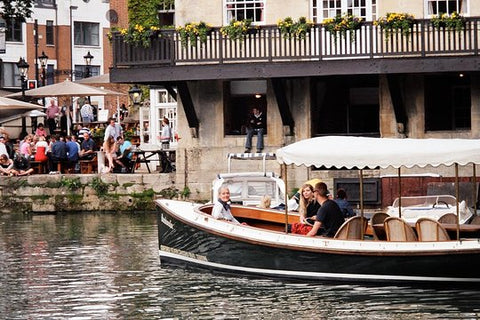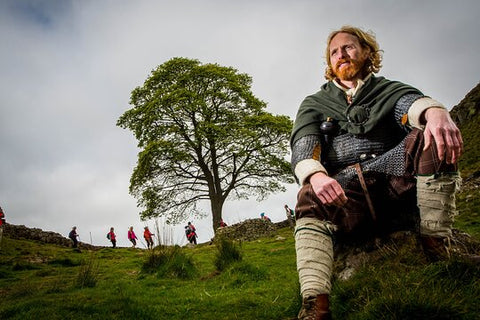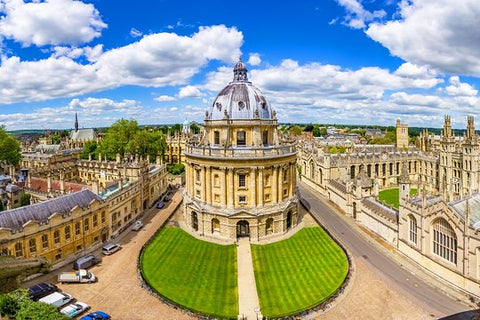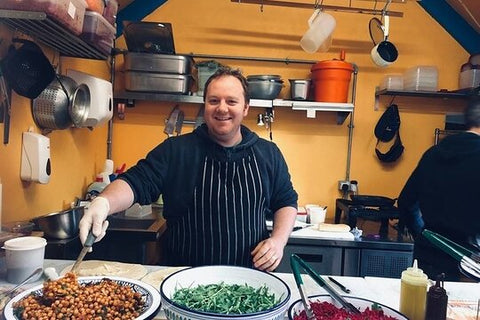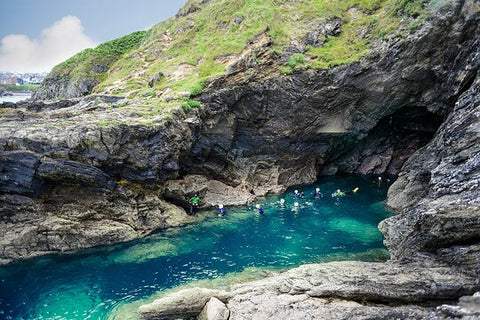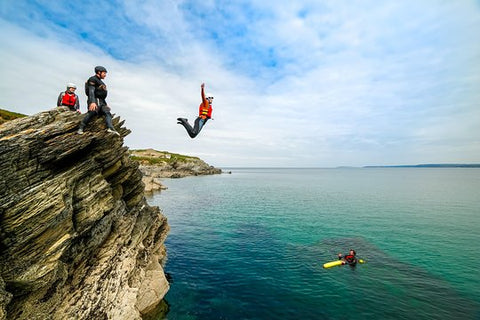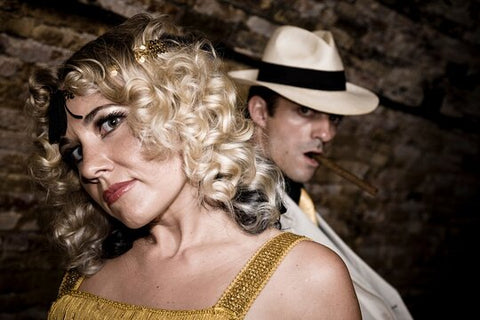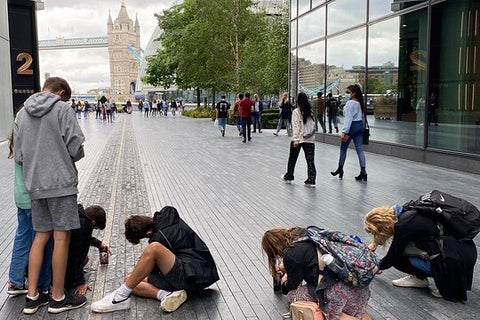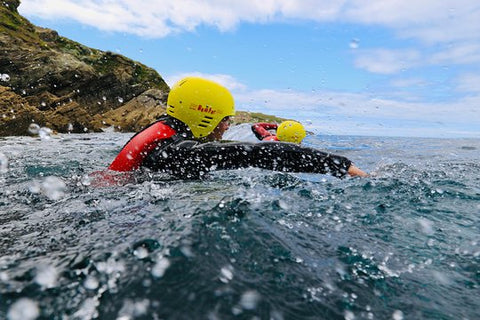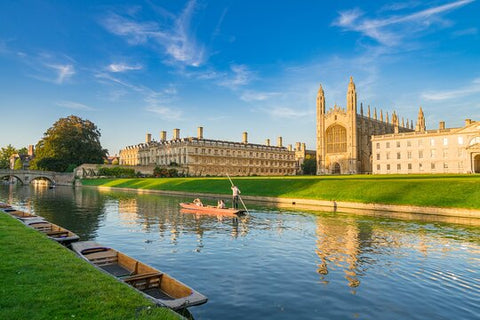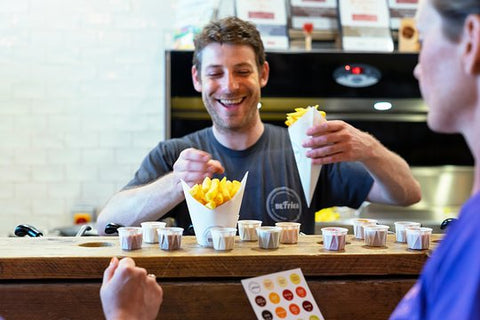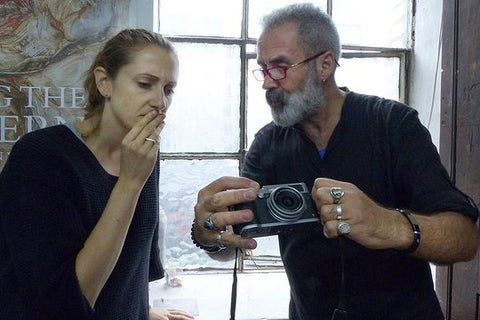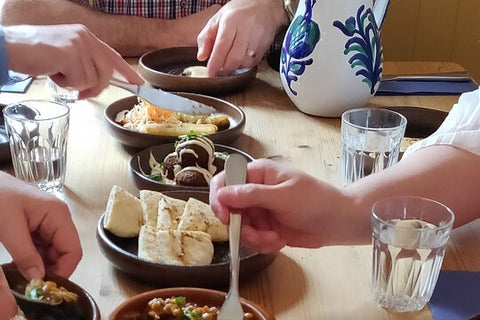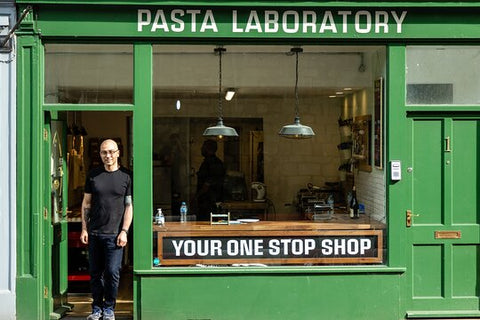Private Tour: William Wordsworth: Morning Half Day Tour with an Expert Guide Private Tours and Travel Guide Europe London CITY Windermere Destination Tour
Travel Guide Tour. Vacation Tour.
This tour takes you to: • Grasmere Village where William Wordsworth lived. • Church Stile the former inn where William Wordsworth, his brother John and fellow poet Samuel Taylor Coleridge stayed for several days during their Lake District tour in 1797. • Grasmere Gingerbread Shop where Sarah Nelson invented the world famous "Grasmere Gingerbread" in 1854. • The Wordsworth family graves. • St Oswald's Church where the Wordsworth family worshipped. • Dove Cottage where William Wordsworth and his sister Dorothy lived from 1799 to 1808. • Views of Grasmere, the beautiful lake the Wordsworths knew so well. • Rydal Mount William Wordsworth's best loved family home from 1813 to his death in 1850. • Rydal Hall Gardens where Wordsworth admired the waterfall from the "grot" viewing house. • Rydal Church built on the site chosen by William Wordsworth which also inspired two of his poems. • Dora's Field bought by William Wordsworth in 1826. • Views of Rydal Water, one of the smaller lakes.Guided Tour Images and Trip Photos at Pixarik.com!
Travel Guides, Vacation Rentals Photos, Custom Holiday Tours.
Private Tour: William Wordsworth: Morning Half Day Tour with an Expert Guide Private Tours and Travel Guide Europe London CITY Windermere Destination TourGuided Tour Images and Trip Photos, Vacation Guide, All Tours !
Vacation Rentals, Hotels, Flights, Attractions Photos, Custom Travel Tours arround the glove. Short Term Rentals and Things To Do on Vacation
Tour Itinerary presented by English Lakes Tours
Our tour starts with a drive to Grasmere Village. Here you will see St Oswald's Church and the Wordsworth family graves which are one of the most visited places in the Lake District. Grasmere is also the name of a lake just outside the village itself. 'The loveliest spot that man hath ever found' is how Wordsworth described this most beautiful area of the Lake District. The small island in the middle of the lake was a favourite place which he often visited while he was living at Dove Cottage.
Wordsworth's family quickly expanded, with the arrival of three children in four years, and so they left Dove Cottage in 1808 to seek larger lodgings at Allan Bank on a hill overlooking the village. We will get to see this from the outside.
Next to St Oswalds is the Grasmere Gingerbread Shop. We will take a quick look at it as we pass by.
We now move on to Dove Cottage on the outskirts of Grasmere village. Dove Cottage is where Wordsworth set up home with his sister Dorothy in 1799. There are big changes happening at the Wordsworth Museum and entry to Dove Cottage will be erratic in 2019. There will be times when the cottage is open and other times when they will have a virtual tour instead. Entry to Dove Cottage is not included in the price of this tour.
The museum will be closed for the first half of the year but Dove Cottage will be open.
We drive along the shore of Grasmere
Our road now heads south passing Rydal Water and Nab Cottage. This was once home to Thomas de Quincey and later, Hartley Coleridge, the son of Wordsworth's old friend, Samuel Taylor Coleridge who rented the house in 1840 until his death there in 1849.
After the death of two of their children, the Wordsworth family felt that they had to move away from Grasmere Rectory with its constant view of the graveyard where they were buried. In 1813, they moved to Rydal Mount. This was William Wordsworth's best loved family home for the greater part of his life from 1813 to his death in 1850 at the age of 80. The house with its beautiful gardens were a focus for romantic literature. They continue to be owned by descendants of William Wordsworth and retain the feel of a lived in family home. The house dates from the 16th century and was enlarged over the intervening centuries, and also by Wordsworth himself. It contains a selection of the family's prized possessions and portraits. Wordsworth was a keen landscape gardener and the five acre garden remains very much as he designed it. It consists of fell-side terraces, rock pools and an ancient mound. Entry to Rydal Mount is included in the price of this tour
There is an opportunity to visit the beautiful and tranquil Rydal Hall Gardens. Built in the 16th Century, Rydal Hall was the home of the le Fleming family, Wordsworth's landlords at Rydal Mount. The house has subsequently been much altered, including the addition of a Victorian south range. The formal garden at Rydal Hall was designed in 1909 by the Arts and Craft garden architect Mr Thomas Mawson. It is a splendid example of the work of the leading Arts and Crafts garden designer, whose work is world famous. The garden is of particular historic interest for the extensive use of exposed aggregate precast concrete, instead of more usual stone, to form the main elements in the design, a very early use of concrete in this way. The Carlisle Diocese in association with The Cumbria Gardens Trust and in consultation with English Heritage are restoring this lovely formal garden. There are mosses, native flora and trees, including a 500 year old Sweet Chestnut tree with a girth of 36 feet. From the formal garden the sound of rushing water can be heard. Water crashes over a series of high waterfalls down a rocky ravine, through the banks of a wooded garden. The oldest 'viewing house' in the country was built below the lower fall in 1669.
Near to Rydal Mount is Rydal Church. The chapel of St Mary was built by Lady le Fleming, of Rydal Hall in 1824. William Wordsworth helped to choose the site, which was originally an orchard. The Wordsworth family and the family of the English poet Matthew Arnold, from nearby Fox How, worshipped here. Their family pews are on each side of the aisle at the front of the church. Wordsworth was church warden from 1833-1834, and there is a memorial plaque to him. The Rash field next to the churchyard is a plot of land which was bought by Wordsworth who originally intended to build on it. The house never materialised. After his daughter Dora died in 1847, William went down to this field, and together with his wife and gardener, planted hundreds of daffodils as a memorial to Dora.
As we finish the tour and drive into Ambleside we pass the iconic Bridge House




